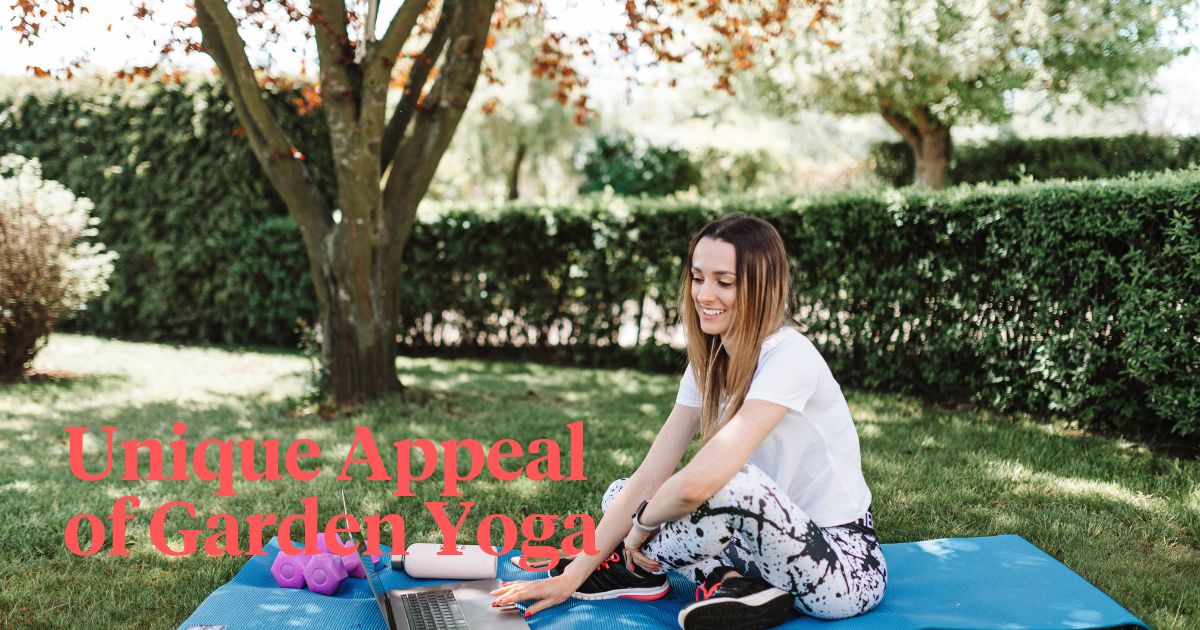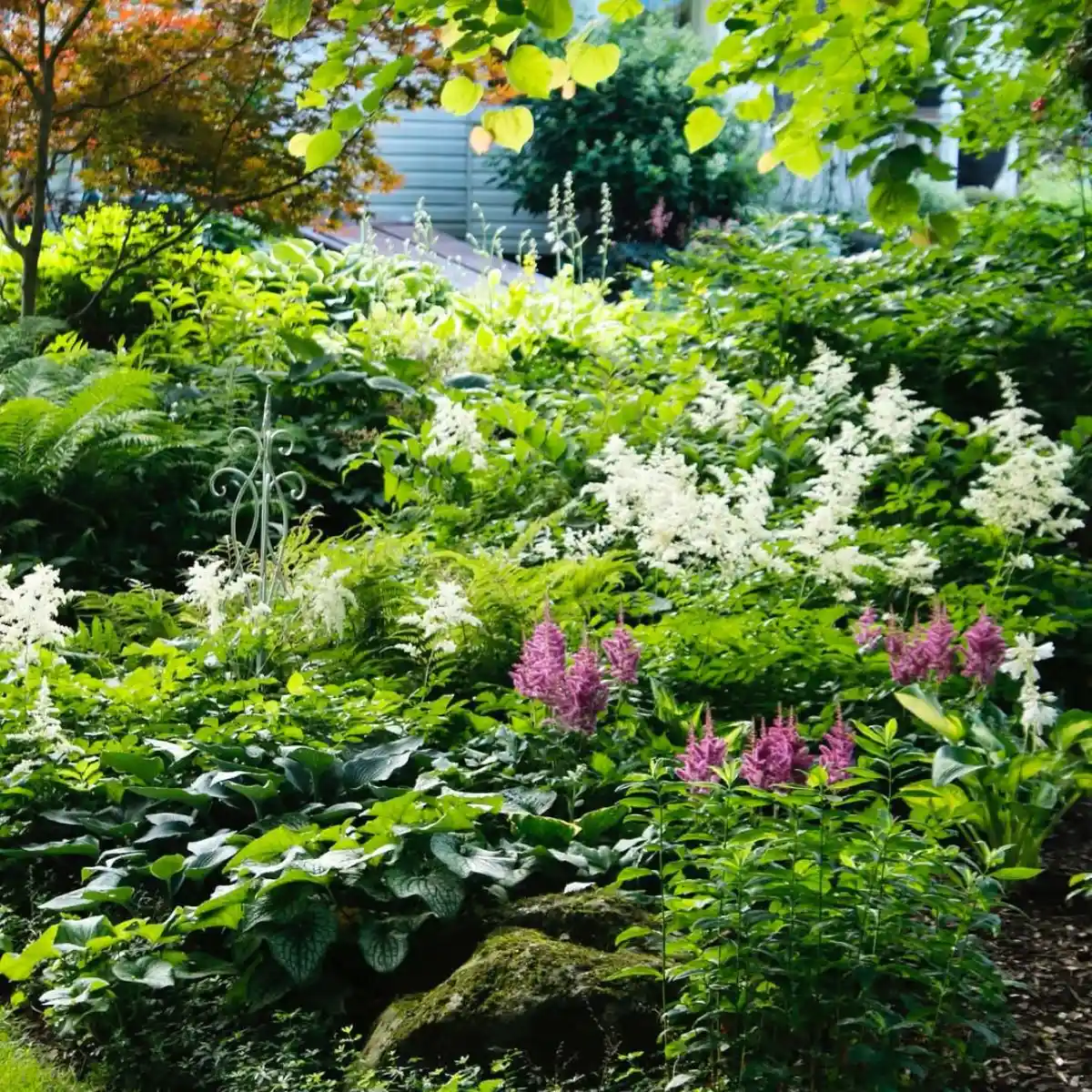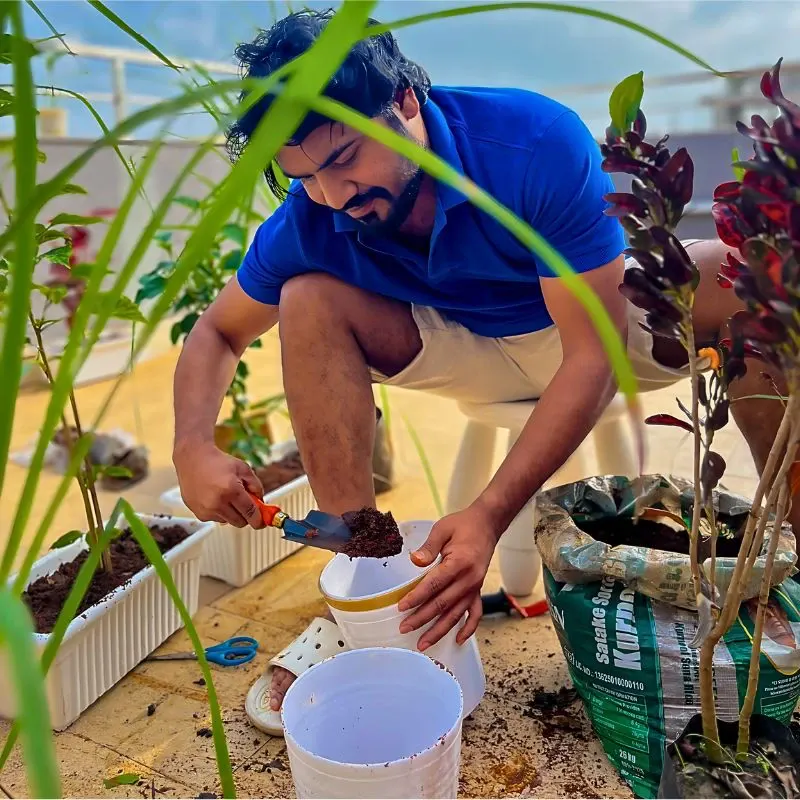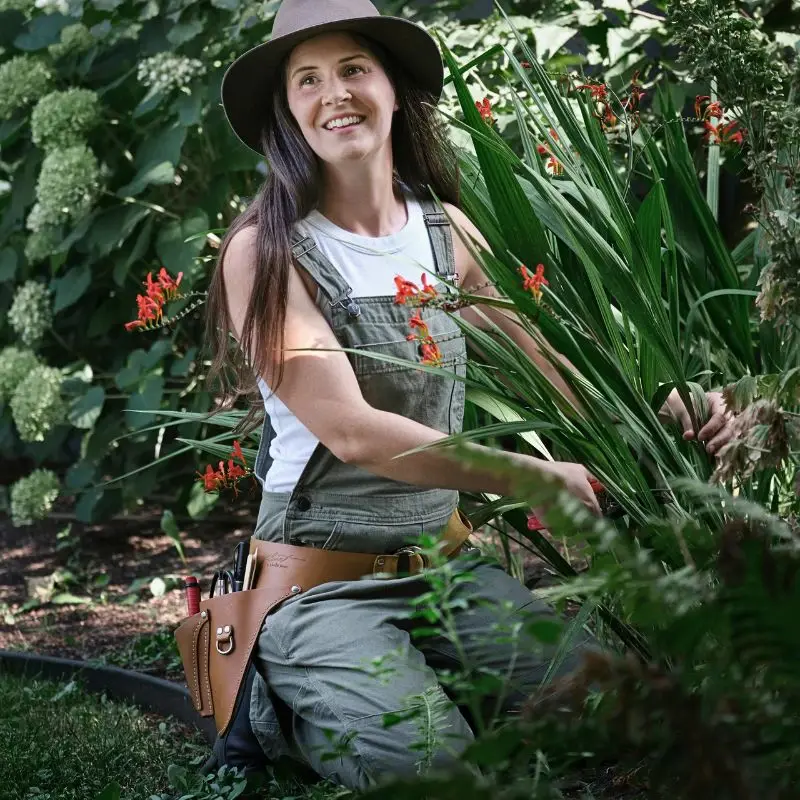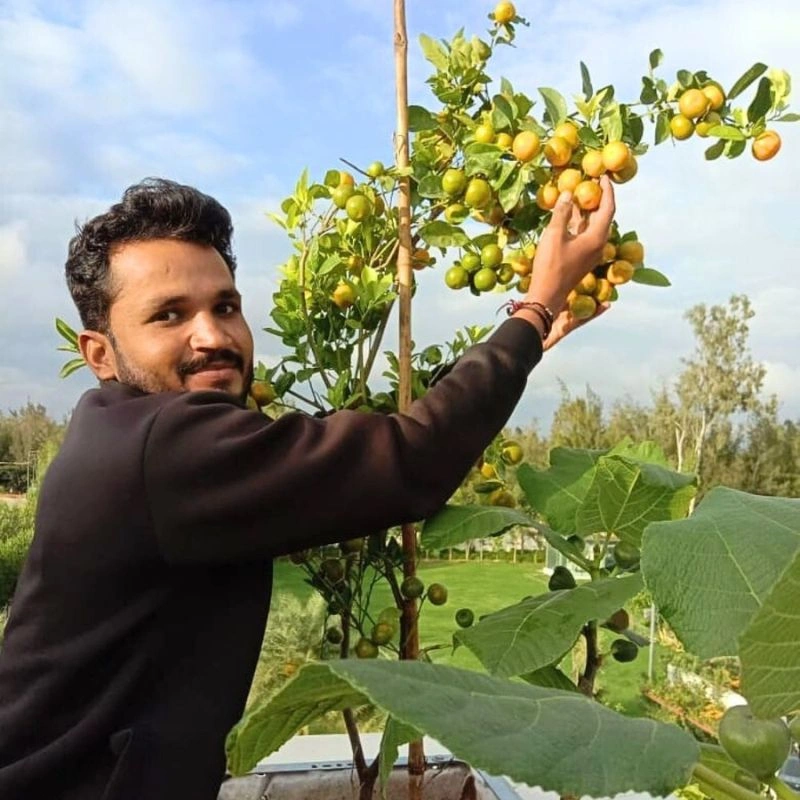In our fast-paced world where we are constantly surrounded by screens and concrete, the practice of yoga offers a tranquil escape. It gifts us not only with improved flexibility, strength, and balance but also mental clarity and emotional stability. One beautiful, invigorating variation of this ancient practice is garden yoga – doing yoga outside on the green grass. However, while the gentle cushioning of lush grass might seem inviting, the uneven, hard ground beneath can potentially cause discomfort or even injury to our knees over long-term practice. Hence, the importance of appropriate knee support cannot be overstated in yoga.
The Concept of Garden Yoga
Garden Yoga's roots can be traced back to ancient times when yogis often practiced in natural settings to harness the essence of earthy elements. Its recent emergence in popularity is partly due to the increasing presence of urbanization and technological distractions, prompting people to seek natural tranquility. The unique appeal of garden yoga lies in its enticing blend of nature, while its serene open-air environment facilitates an intense yet calming practice.
When it comes to specific styles, garden yoga is quite versatile. Restorative yoga, Hatha yoga, and even more vigorous forms like Vinyasa or Ashtanga yoga can all be practiced safely and effectively outdoors. All that's needed is a flat space, some greenery, and suitable knee support, and you can transform any grassy nook into your perfect yoga practice environment.
Impact of Outdoor Yoga on Health
It has numerous proven benefits for both your physical health and mental well-being:
- The body naturally absorbs more vitamin D from sunlight, which fortifies the bones and boosts the immune system;
- It also improves cardiovascular endurance as the fresher and oxygen-rich outdoor air increases the capacity of our lungs;
- Practicing on a grassy surface confronts the body with the task of maintaining stability on an uneven surface. This challenges our balance and stability skills, promoting joint flexibility, and improving core strength;
- Adopting yoga postures under the open sky significantly reduces stress levels, primarily due to the increased exposure to natural surroundings and sounds. It boosts endorphin release, serves as a powerful mood elevator, and provides an instant sense of calm;
- Concentration can significantly increase because practicing amid greenery reduces the brain's cognitive load, helping people focus and connect better with their inner selves;
- The color green of the grass relates to nature and combines the beneficial elements of chromotherapy — the color green is known for its calming properties.
Need for Knee Support in Yoga
In yoga, maintaining the health of your joints, especially your knees, is pivotal since they bear the weight in many asanas (yoga poses). Appropriately cushioned knee support ensures that we can hold the poses for extended periods without discomfort or excessive strain.
Various yoga postures, such as lunges, squats, or certain sitting and bending positions, direct a substantial amount of pressure towards the knees. Unprotected and continuous exertion might lead to soreness, pain, or in more severe cases, knee injuries. The risk is amplified during outdoor yoga, particularly garden yoga on green grass, due to the uneven surface of grassy areas. Hard objects hidden in the grass, such as small stones or sticks, can also cause discomfort or injury.
By using a knee brace while practicing garden yoga, not only can these accidents be mitigated, but it also adds a layer of stability, enabling us to engage more deeply and securely in our practice.
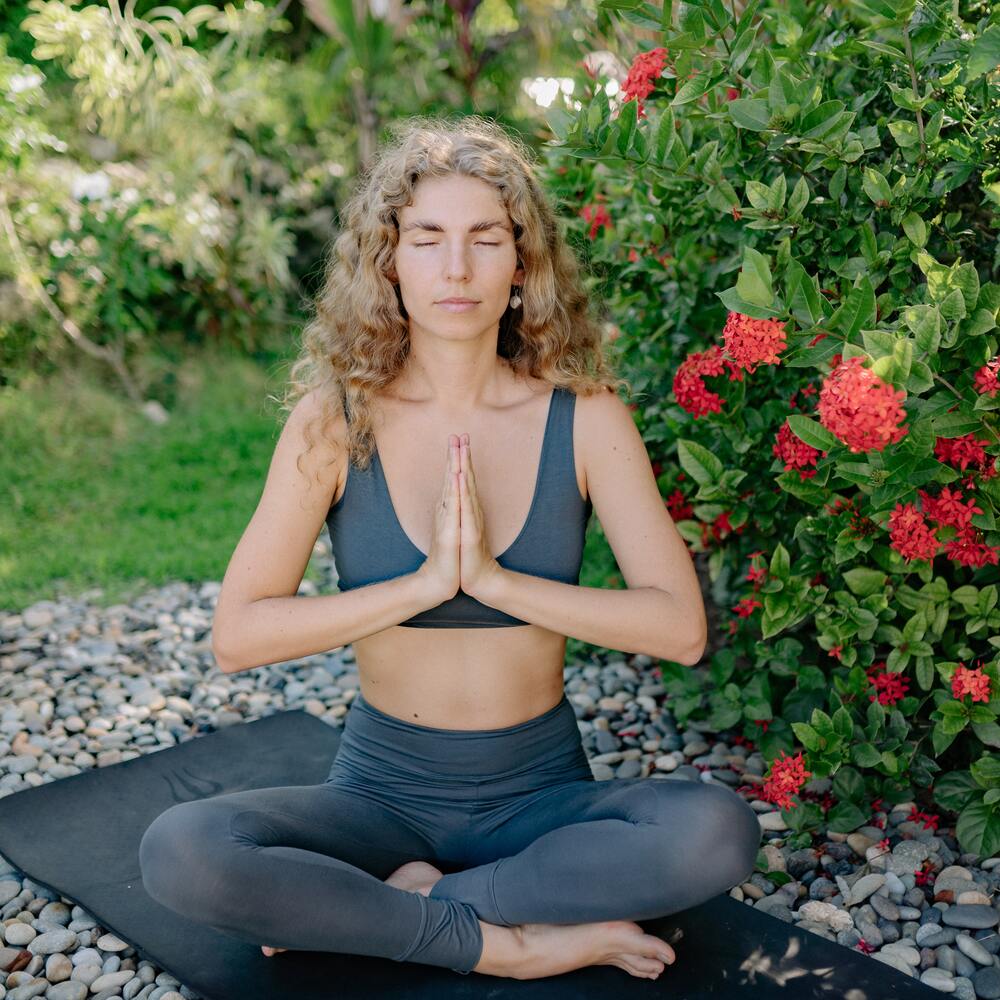
Choosing the Right Knee Support
When it comes to knee support for garden yoga, a few criteria must be evaluated carefully
- Consider comfort and material quality. It should not feel restrictive, and the materials should be soft, durable, and preferably hypoallergenic;
- Look at absorption capacity. The chosen product must cope with the weight and pressure exerted during yoga;
- Size matters. A knee brace that is too tight may inhibit blood flow, while a loose one might not offer adequate protection.
Top-rated items that have ticked all these boxes are knee supports, which offer improved support during versatile yoga postures, enhancing overall performance and safety. It's important to note that these products have received positive feedback from users who witnessed significant improvement in their outdoor yoga practice. Many testified to reduced pain, increased comfort, and better stability. By taking these aspects into account, anyone can find support that perfectly fits their needs, ensuring an enjoyable and safe garden yoga experience.
Essential Tips for Practicing Yoga Safely
Safety and efficiency coexist in the realm of yoga, making it necessary for practitioners to follow certain guidelines:
- Foremost among these is the importance of performing warm-up exercises before fully immersing oneself in a yoga routine, as it readies the muscles and joints for movement, reducing the risk of strains and injuries;
- When it comes to executing various poses, always prioritize form and alignment over depth. Ensure your body is correctly positioned for each asana to maximize its benefits and mitigate any adverse impact;
- The practice of yoga can result in significant perspiration, especially when practiced outdoors. Therefore, it's imperative to remain adequately hydrated. Sip water at regular intervals, albeit in small quantities, to maintain the body's water balance without feeling bloated or uncomfortable.
Exploring Advanced Techniques of Garden Yoga
To offer a deeper perspective, let's delve into progressive techniques that can elevate your garden yoga practice. If you're ready to level up from fundamental poses, try integrating advanced postures such as Warrior III, Headstand, or Crow Pose. Each posture comes with a unique set of challenges and benefits, but remember, it's crucial to progress at your own pace, focusing on alignment and comfort.
Assisting your journey are yoga props, not only for beginners, but they remain helpful even as you advance. Props like knee braces and knee pads, yoga blocks, or straps can provide the necessary support, making complex poses more accessible and comfortable. They can also help maintain correct alignment, reduce the risk of injuries, and enhance your overall practice.
To sum up, incorporating knee braces during garden yoga is a small yet significant aspect that ensures a comfortable and sustainable practice. Beyond the physical comfort, it safeguards your health, encouraging a more profound connection to the varying yoga poses. Embracing a daily routine of garden yoga offers a unique blend of benefits, harmonizing physical exercise with mental peace amidst the beauty of nature. By integrating this practice into your lifestyle, you allow yourself to sink into a state of tranquillity, while reaping the numerous health benefits yoga offers.

